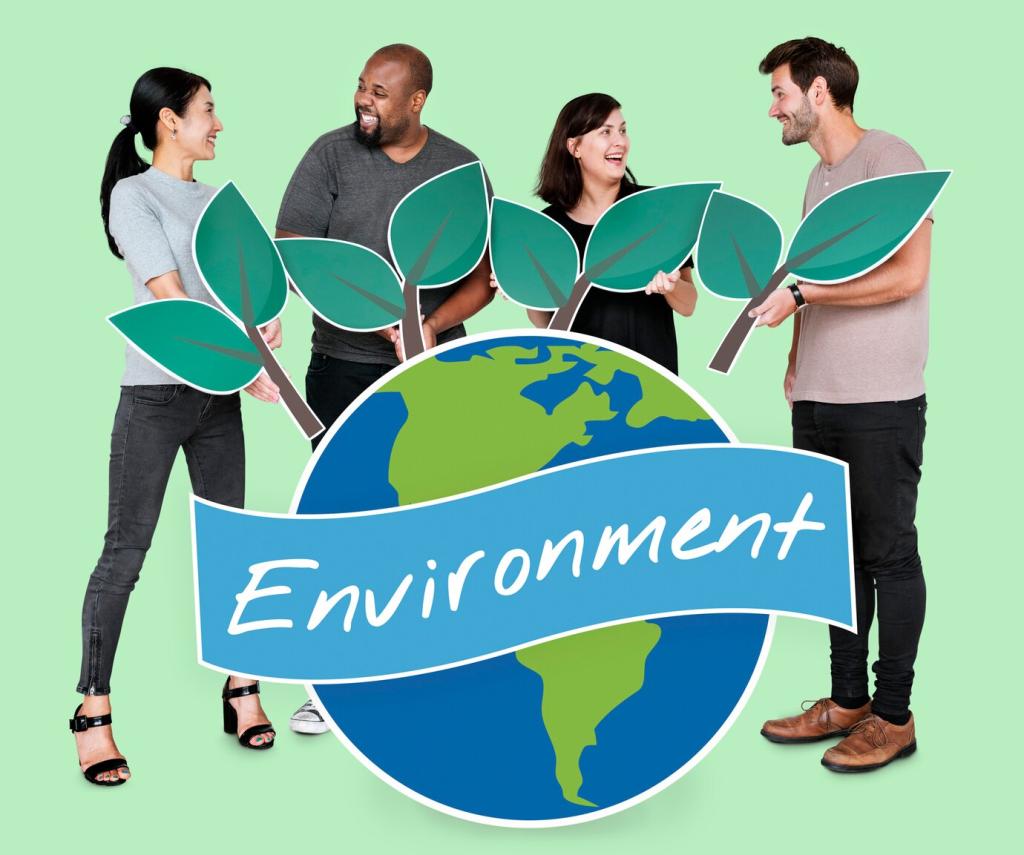
Innovative Language Strategies for Eco-Conscious Home Buyers
Understanding how language influences the decision-making process is vital for eco-conscious home buyers. By employing innovative language strategies, buyers can better articulate their environmental values, understand green features, and communicate their needs to realtors, builders, and the wider community. The right language not only clarifies intentions but also inspires action, making the path to a sustainable home more accessible and rewarding. This guide explores unique approaches and thoughtful verbal techniques tailored for eco-minded buyers seeking homes that align with their environmental priorities.
Leveraging Industry Certifications
Terms like LEED, ENERGY STAR, or BREEAM may appear frequently, but their true meaning and significance can be elusive. Understanding and correctly employing these certification names gives you credibility and equips you to challenge vague or misleading descriptors. Certifications often have tiers and sub-categories that indicate deeper levels of sustainability—by referencing them accurately in your conversations, you demonstrate commitment to authentic eco-friendly living and encourage higher standards within the marketplace.
Navigating Greenwashing
The prevalence of eco-related buzzwords makes it easy to fall into the trap of empty promises, also known as greenwashing. Learning how to distinguish between substantively green features and marketing fluff is critical. This involves asking pointed questions such as requesting documentation on energy savings, construction materials, or land use. By confidently applying specific vocabulary and probing deeper with precise language, buyers can protect themselves from misleading claims and focus on truly sustainable opportunities.
Articulating Non-Negotiables
Clearly communicating your top eco-priorities establishes boundaries that save time and effort. Whether your focus is on renewable energy sources, toxin-free construction, or efficient water use, being able to describe your non-negotiables makes it easier for agents to meet your expectations. Developing phrases and conversation starters that succinctly capture your must-haves can strengthen your position in negotiations and filter out unsatisfactory options right from the start.
Storytelling Techniques for Eco-Home Value
Expressing a vision rather than a checklist opens the door to deeper, values-driven conversations. Rather than simply stating, “I want low utility bills,” you might share your long-term goals for minimizing your carbon footprint or creating a safe haven for your family. Framing your search as part of a broader sustainability journey invites realtors and sellers to become allies in your narrative, making collaboration more genuine and productive.
Discussing a home’s sustainable features as part of future experiences makes green living tangible. Paint vivid pictures: safe children playing on toxin-free floors, or dinners cooked with solar electricity harvested from your own roof. These narrative devices transcend technical jargon and move the conversation toward lifestyle outcomes, making green attributes more relatable and desirable for all decision-makers in your family or partnership.
Sharing anecdotes about positive eco-home experiences can be more powerful than statistics. If you’ve lived in a certified green apartment or participated in community solar, recounting those stories—how you felt, what changed for you—can foster trust and relatability. This approach gives stakeholders insight into your motivations and helps realtors and sellers understand the authentic drive behind your green priorities.
Empowering Negotiations with Environmental Rationale
It pays to describe green features in both environmental and economic terms, making it easier for all parties to connect logic to ideals. For instance, when negotiating, highlight how triple-pane windows or energy recovery ventilation can significantly reduce heating costs and enhance indoor air quality. Using numbers, percentages, or real-life comparisons within your language translates abstract sustainability concepts into practical benefits that others can appreciate and factor into pricing discussions.

